At the heart of the Aravalli Range lies Kumbhalgarh Wildlife Sanctuary, an out-of-the-way sanctuary that forms a great representation of Rajasthan’s biodiversity. Spread over an area of 578 square kilometres, this wildlife sanctuary is famous for its panoramic landscapes, unique flora and fauna, and proximity to the historic Kumbhalgarh Fort. It is a haven for animal enthusiasts, trekkers, and lovers of nature who would wish to experience the wilderness of Rajasthan. From the great leopards and sloth bears down to the Indian Wolf, which is very rarely seen, Kumbhalgarh Wildlife Sanctuary provides a great opportunity to observe these animals in their natural habitat.
How To Reach Kumbhalgarh Wildlife Sanctuary
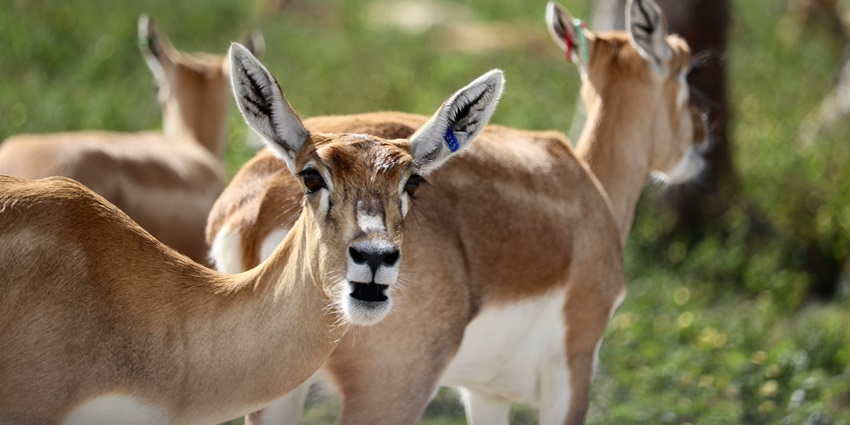
Photo: Julia Anderson / Unsplash / Image For Representation Only
Kumbhalgarh Wildlife Sanctuary address is in the districts of Rajasthan, India, Rajsamand and Pali. It is about 82 km from Udaipur, and a major portion of the Kumbhalgarh Wildlife Sanctuary is part of well-known eco-tourism. Visitors can reach there via different modes of transport, such as:
By Air: The nearest airport is Maharana Pratap Airport, approximately 85 km from the wildlife sanctuary. You can take a cab from the airport to reach the destination.
By Rail: The nearest railway station is Falna, about 35 km away. Visitors can take a taxi or local transport to the park from there.
By Road: The wildlife sanctuary is connected by roadways. Daily bus services are available from Udaipur and other nearby cities. You may hire a private cab to reach the park comfortably.
Places to Visit In and Around Kumbhalgarh Wildlife Sanctuary
1. Kumbhalgarh Fort
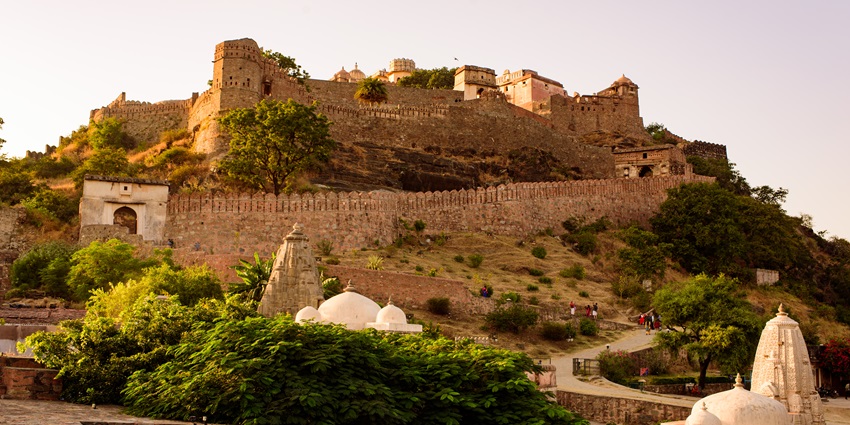
Photo: Panuvat Ueachananon / Shutterstock
The renowned Kumbhalgarh Fort features impressive walls that extend more than 36 kilometres in length, making it the second-longest continuous wall globally, surpassed only by the Great Wall of China. It was constructed by Rana Kumbha in the late 15th century. Nestled amidst the Aravalli Hills, a fort offers breathtaking panoramic views of the surrounding landscape. The fort complex hosts various temples, palaces, and gardens, the highest of which is Badal Mahal or Palace of Clouds. Visiting Kumbhalgarh Fort is an integral part of one’s trip to this wildlife sanctuary since it connects nature and history.
Timings: 9 AM – 6 PM
Entry Fee: ₹40 (for Indians), ₹600 (for foreigners)
Suggested Read: Things To Do In Sawai Madhopur
2. Parshuram Temple
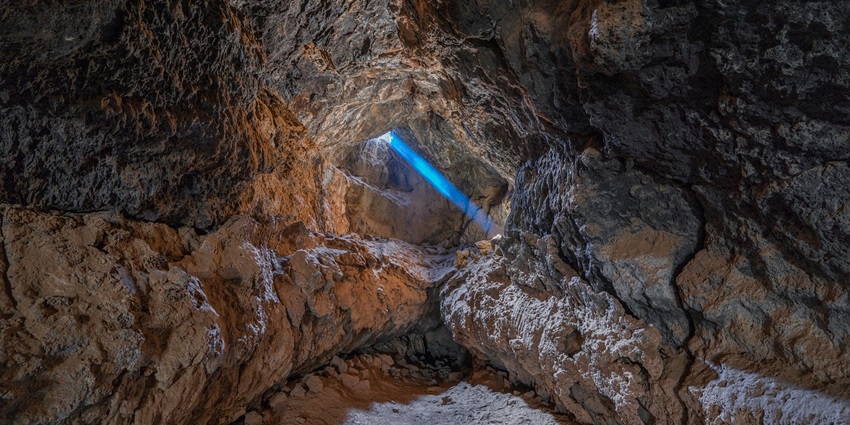
Photo: Pixabay / Pexels / Image For Representation Only
Parshuram Temple is located in a cave, nestled within the Kumbhalgarh Sanctuary, and is dedicated to the Hindu sage Parshuram. The temple has much ancient significance, not only to the religious pilgrims but also to the trekkers, as it lies deep inside the hills. In all, 500 steps have to be descended to reach this cave temple. An arduous but rewarding trek, the serenity of the temple, surroundings, and naturally formed Shivlinga make the temple famous. The excellence in feeling spirituality at the Parshuram Temple, surrounded by nature’s splendour, is simply sublime.
Timings: 24*7
Entry Fee: N/A
3. Thandi Beri
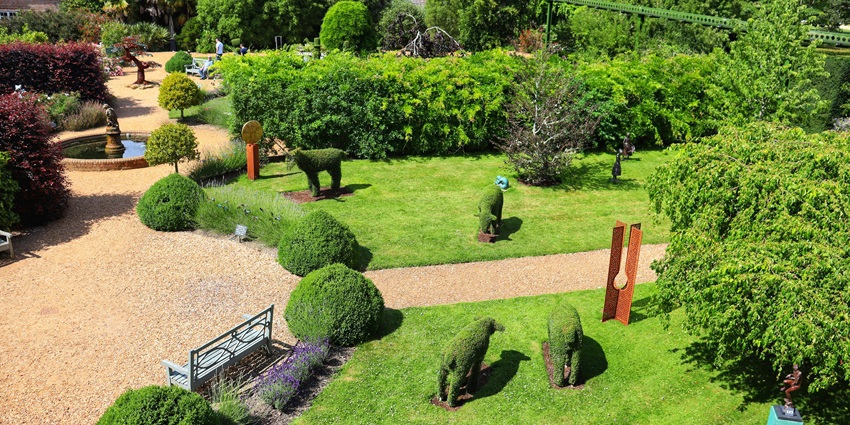
Photo: Dele Oke / Unsplash / Image For Representation Only
Thandi Beri is a beautiful, scenic picnic spot near the wildlife sanctuary. The place, surrounded by lush greenery and a serene water reservoir, was ideal for nature lovers and birdwatchers. Various species of birds can be found in this area, which makes it an excellent site for photography. Wildlife spotting and serenity of the place are the other added attractions for tourists. Thandi Beri is secluded enough from the tourist debacle to provide a tranquil retreat on a relaxing day.
Timings: 24*7
Entry Fee: N/A
Suggested Read: The Top Things To Do In Sikar
4. Muchhal Mahavir Temple
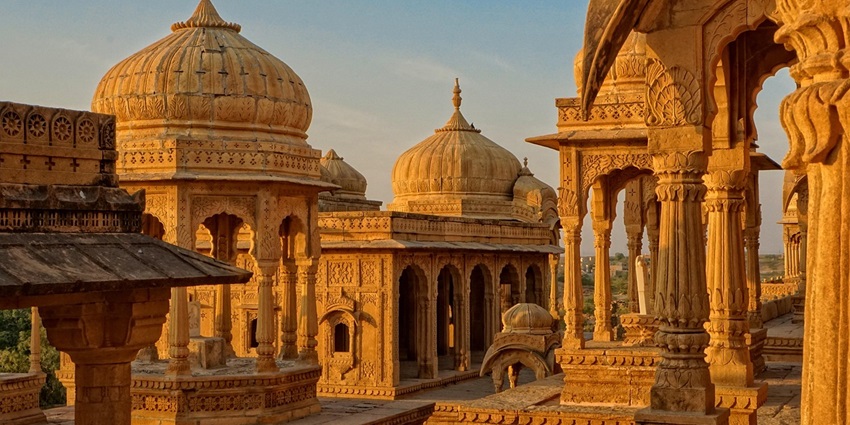
Photo: Glavo / Pixabay / Image For Representation Only
Muchhal Mahavir Temple is situated around 5 km from Kumbhalgarh and is dedicated to Lord Mahavira, the 24th Tirthankar of Jainism. The temple is famous for its striking architecture and carvings and comprises statues of elephants with original moustaches at the entrance doors. Nestled in cosy hills and forests, this temple is of immense religious significance and is a serene place where one can comprehend the spiritual heritage of Rajasthan. The temple complex is serene and exactly the place where one would want to go for tranquillity and proximity to nature.
Timings: 6 AM – 7 PM
Entry Fee: N/A
5. Ranakpur Jain Temple
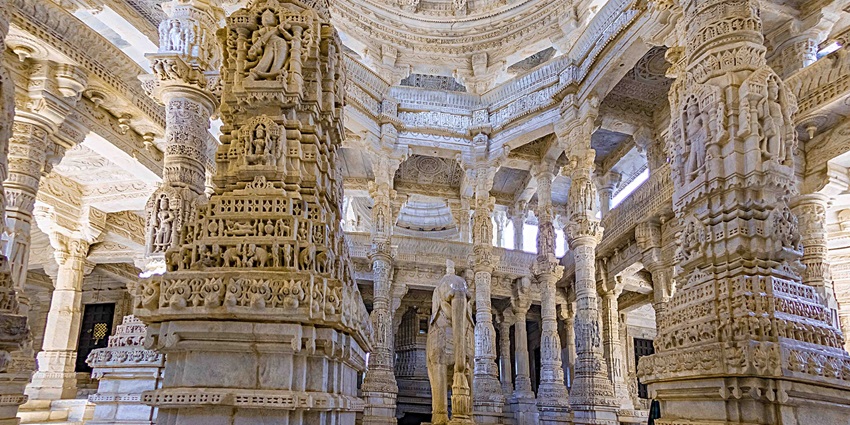
Photo: Banerjeedebasis / Wikimedia Commons
The Ranakpur Jain Temple is among the most important pilgrimage sites of the Jains in India, and it’s located about 50 km from the wildlife sanctuary. It is famous for its splendour architecture featuring 1,444 intricately carved marble pillars, each uniquely carved. The temple was built in the 15th century, is devoted to Tirthankara Adinatha, and is a magnum opus of stone craftsmanship. The tranquillity of the surroundings and architectural beauty of the place make it a must-visit destination for travellers within the area of the wildlife sanctuary.
Timings: 12 PM – 5 PM
Entry Fee: ₹100 (for Indians), ₹200 (for foreigners)
Suggested Read: Gajner Wildlife Sanctuary
Where To Stay

Photo: Pixabay / Pexels / Image For Representation Only
Kumbhalgarh Wildlife Sanctuary offers a variety of accommodation options, from budget-friendly guest houses to luxury resorts. Popular choices include The Aodhi, Kumbhalgarh Safari Camp, and Club Mahindra Kumbhalgarh. These properties provide comfortable stays with amenities such as guided wildlife safaris, nature walks, and cultural activities. For a more immersive experience, eco-friendly lodges within the park are perfect for those looking to stay closer to nature.
Where To Eat

Photo: Ella Olsson / Pexels / Image For Representation Only
Most of the resorts and lodges near Kumbhalgarh offer multi-cuisine dining options, serving Indian, Chinese, and Continental dishes, for those seeking a taste of local Rajasthani cuisine, nearby restaurants and dhabas offer traditional meals like dal baati churma, laal maas, and gatte ki sabzi. You can also enjoy meals at The Aodhi Restaurant, which provides authentic Rajasthani flavours in a serene environment.
Suggested Read: Ramsagar Wildlife Sanctuary
Best Time To Visit
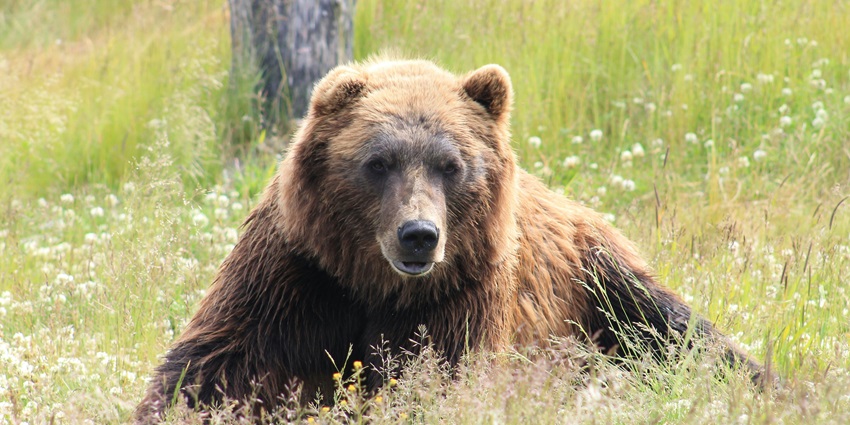
Photo: Elizabeth Meyers / Unsplash / Image For Representation Only
The best time to visit Kumbhalgarh is between October and March when the weather is pleasant and conducive to outdoor activities such as wildlife safaris and trekking. During this period, the flora is lush after the monsoon, and animals are more easily spotted. Summers can be extremely hot, making exploration uncomfortable, while the park remains closed during the monsoon season from July to September.
Other Things To Consider
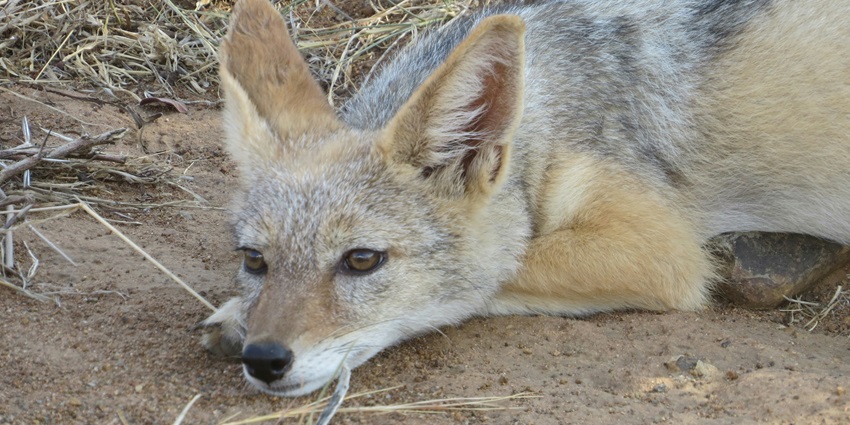
Photo: Deirdre Boys / Unsplash / Image For Representation Only
Average Trip Cost
A trip to Kumbhalgarh can vary in cost depending on the type of accommodation and activities chosen. For budget travellers, a weekend trip may cost around ₹8,000 to ₹12,000 per person, including accommodation, food, and safari fees. For those opting for a more luxurious experience, the cost can rise to ₹15,000 to ₹20,000 or more, depending on the resort and additional services such as guided tours and cultural activities.
Tips For Travellers:
- Book safaris in advance: Kumbhalgarh Wildlife Sanctuary ticket prices may change with time so confirm before visiting. Also, safari slots may fill up quickly, especially during peak season, so book in advance.
- Carry appropriate clothing: Light cotton clothes for the day and warm clothing for the evening are recommended, as temperatures can drop during winter.
- Stay hydrated: Rajasthan’s climate can be dry and hot, so carry plenty of water, especially during outdoor activities.
- Photography: Photography is allowed, so don’t forget to capture stunning Kumbhalgarh Wildlife Sanctuary photos.
- Check for timings: Check the Kumbhalgarh Wildlife Sanctuary timings before planning your visit to avoid disappointment.
- Respect wildlife: Avoid littering and maintain a safe distance from the animals. Follow the park guidelines for a responsible visit.
- Don’t forget essentials: Carry sunscreen, sunglasses, hats, and sturdy footwear, especially if you plan on trekking.
Suggested Read: Pachewar Garh Fort
Kumbhalgarh Wildlife Sanctuary offers a perfect blend of natural beauty, historical landmarks, and diverse wildlife, making it an ideal destination for nature lovers and adventure enthusiasts. With various trekking options and fascinating wildlife, it’s a must-visit spot in Rajasthan. Plan your trip with TripXL for a seamless and immersive experience, ensuring you enjoy everything this beautiful region has to offer!
Cover Photo: Panuvat Ueachananon / Shutterstock / Image For Representation Only


 WhatsApp
WhatsApp
 Twitter
Twitter









